With an increase of about 0.5% for the week, oil prices this week extended their upward trend to the seventh consecutive week. Brent crude oil prices ended the week at $86.81/barrel.
World oil prices
Oil prices ended the week up less than 50 cents after the International Energy Agency (IEA) forecast record global demand and tight supplies. Oil prices rose for the seventh consecutive week, the longest streak since 2022, according to Reuters.
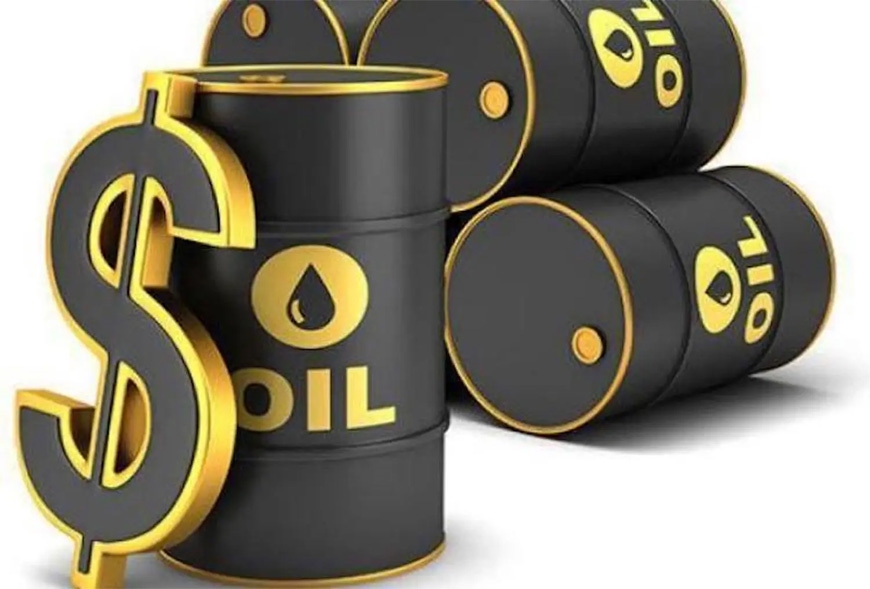 |
| The modest increase for the week still helped gasoline prices increase for the seventh consecutive week. Illustration photo: Vanguardngr |
Brent crude futures rose 41 cents, or 0.5%, to $86.81 a barrel, while U.S. West Texas Intermediate (WTI) crude rose 37 cents, or 0.5%, to $83.19 a barrel. Both benchmarks rose about 0.5% for the week.
Reuters reported that the IEA estimated global oil demand hit a record 103 million barrels per day in June and could hit a new peak this month.
Meanwhile, voluntary production cuts by Saudi Arabia and Russia have set the stage for a sharp drawdown in inventories in the remaining months of 2023, which the IEA said could push oil prices higher.
OPEC said on August 10 that it expects global oil demand to grow by 2.44 million barrels per day this year, unchanged from its previous forecast. The oil market outlook also looks good for the second half of the year, OPEC said.
In addition, this week's US economic data also lifted market sentiment, fueling expectations that the US Federal Reserve (Fed) is about to end its aggressive rate hikes. Since March last year, the Fed has raised its benchmark overnight interest rate by 525 basis points to the current range of 5.25% - 5.5%.
Supply cuts and an improved economic outlook have created more optimism among oil investors, said OANDA analyst Craig Erlam. But he noted signs of waning momentum after a long rally. Brent hit its highest level since January on Aug. 10, a day after WTI hit its highest price this year.
After falling for eight straight weeks, the number of active U.S. oil rigs, an early indicator of future output, held steady at 525 this week, energy services firm Baker Hughes said.
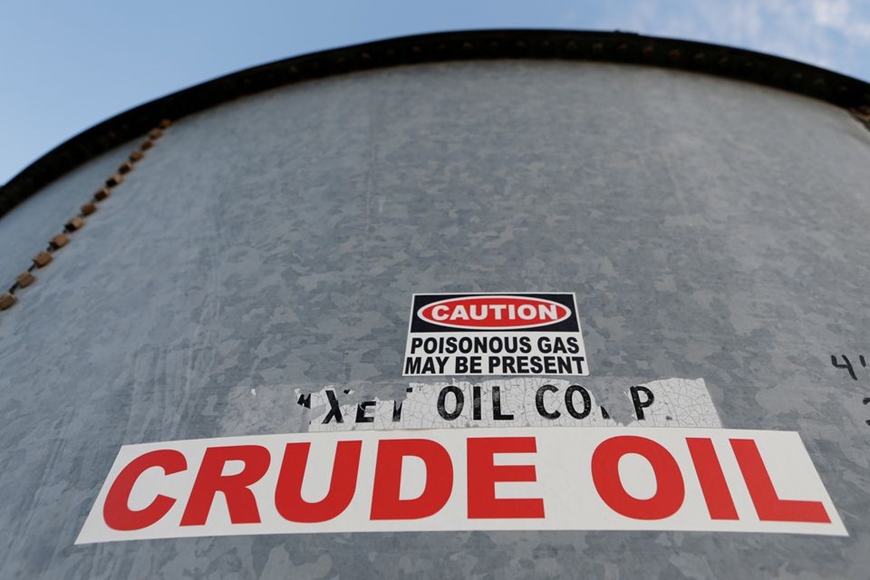 |
| The weekly increase in gasoline prices has not been broken yet. Illustration photo: Reuters |
Eric Freedman, chief investment officer at US Bank Asset Management, said the steady rig count shows that US producers are maintaining discipline in drilling and exploration. Freedman noted that although oil prices continue to rise, there are not many companies looking for oil.
This week, economic data from China showed that in July, crude oil imports increased compared to the same period last year, China's total exports fell 14.5%, but monthly crude oil imports fell from a near-record high in June to their lowest level since January.
Domestic gasoline prices
Domestic retail prices of gasoline on August 12 are as follows:
E5 RON 92 gasoline is not more than 22,822 VND/liter. RON 95 gasoline is not more than 23,993 VND/liter. Diesel oil not more than 22,425 VND/liter. Kerosene not more than 21,889 VND/liter. Fuel oil not exceeding 17,668 VND/kg. |
The above domestic retail price of gasoline and oil was adjusted by the Ministry of Finance - Industry and Trade in the price management session on the afternoon of August 11, with gasoline price increasing by more than 30 VND/liter, and oil price increasing the highest by 1,813 VND/liter.
In this price management period, the joint ministries decided: Not to set up the Price Stabilization Fund for all petroleum products and continue not to spend the Price Stabilization Fund for the two petroleum products, stop spending the Price Stabilization Fund for kerosene and diesel, and spend the Price Stabilization Fund for fuel oil.
MAI HUONG
* Please visit the Economics section to see related news and articles.
Source





![[Photo] Relatives of victims of the earthquake in Myanmar were moved and grateful to the rescue team of the Vietnamese Ministry of National Defense.](https://vstatic.vietnam.vn/vietnam/resource/IMAGE/2025/4/2/aa6a37e9b59543dfb0ddc7f44162a7a7)
![[Photo] Third meeting of the Organizing Subcommittee serving the 14th National Party Congress](https://vstatic.vietnam.vn/vietnam/resource/IMAGE/2025/4/2/3f342a185e714df58aad8c0fc08e4af2)
![[Photo] Close-up of Vietnam's sniffer dog team searching for earthquake victims in Myanmar](https://vstatic.vietnam.vn/vietnam/resource/IMAGE/2025/4/1/d4949a0510ba40af93a15359b5450df2)
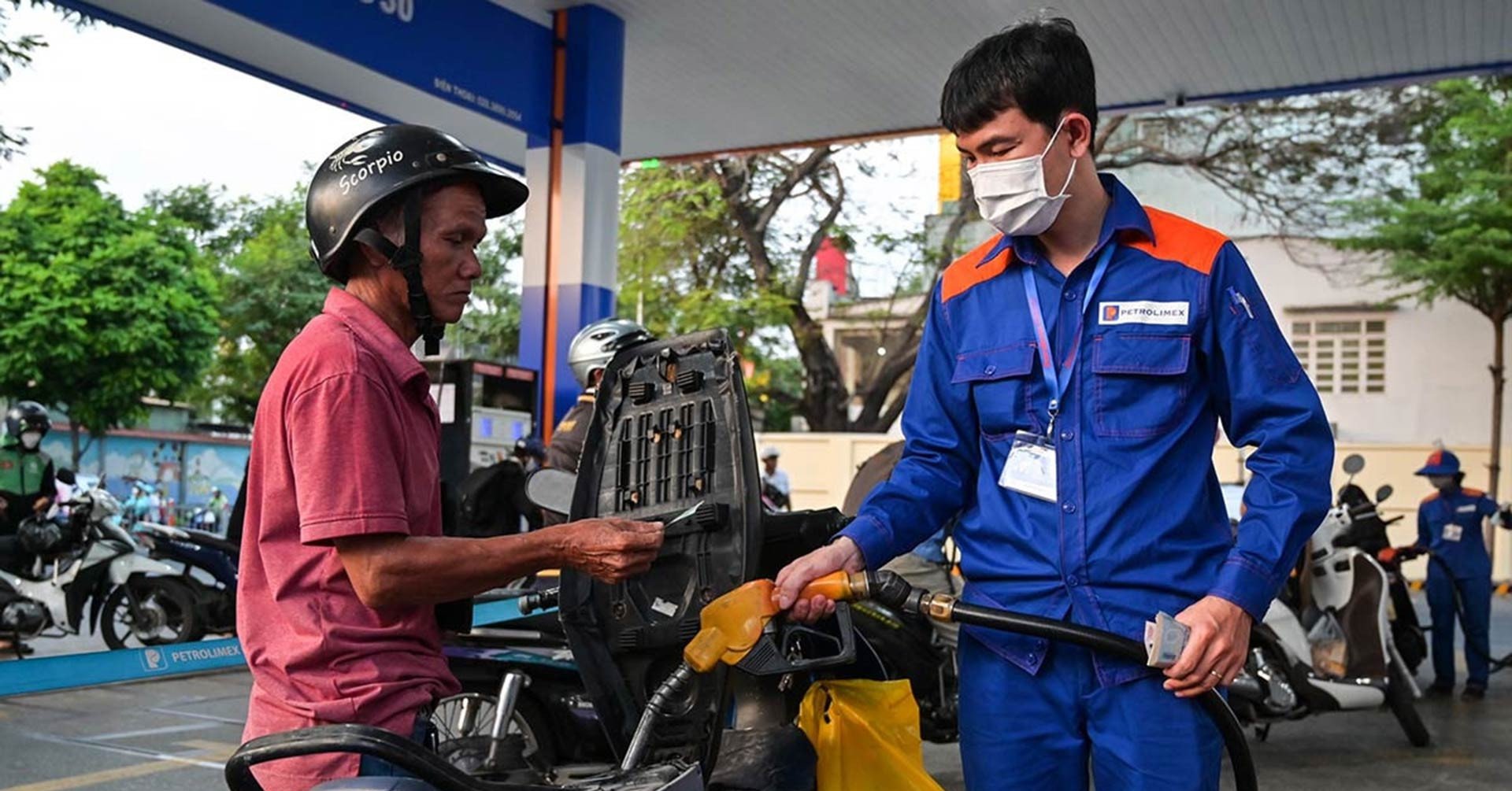




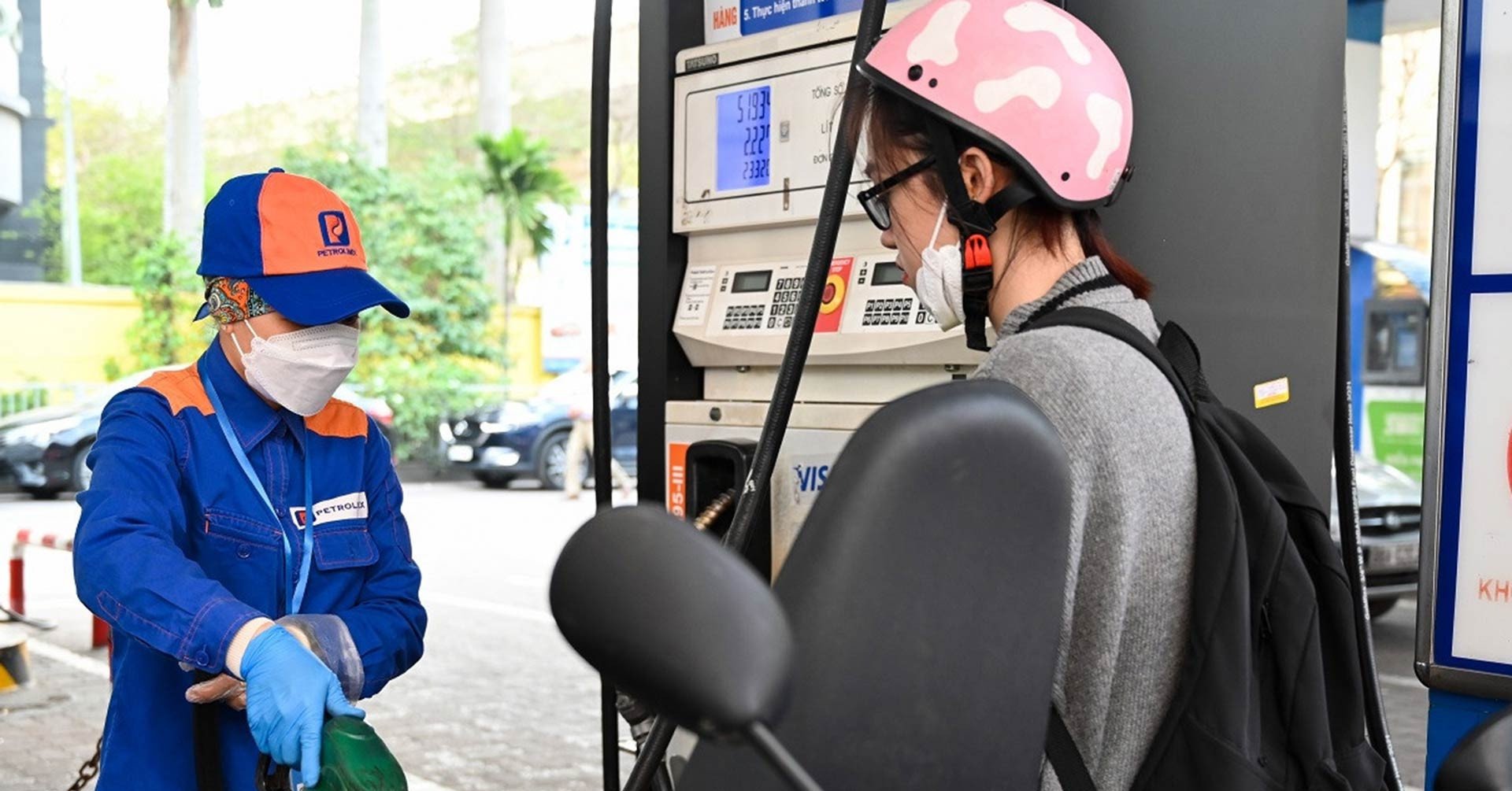


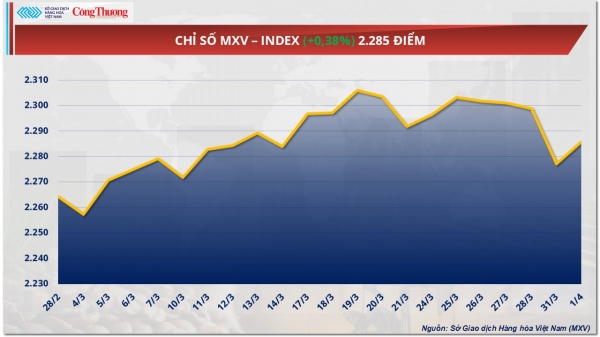



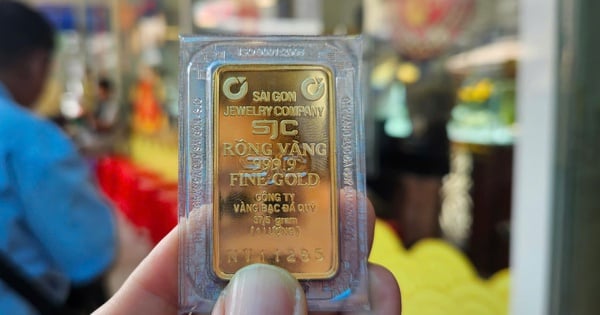










































































Comment (0)